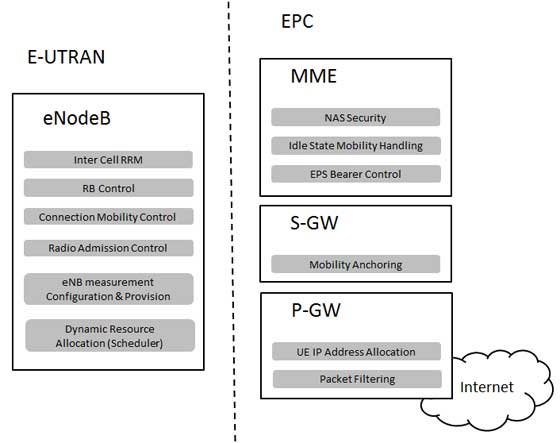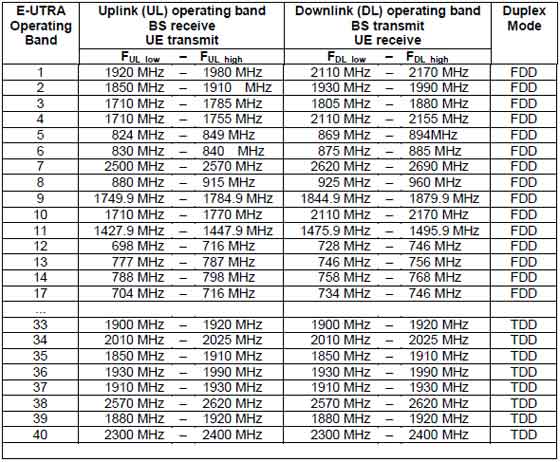The Test Lifecycle in the telecom industry is similar to that of any
other industry but with a stress on details. Here is how the test
lifecycle looks like along with the test artifacts.
Summary
The telecom service is a very broad field consists of various component including cables, networks, signals, protocols, etc. and their testing requires broad range of testing techniques, so the choice of testing techniques and strategy highly depends on what component of telecom is tested.
The test requirement, scope, test scenarios, testing techniques, testing tools, etc. varies with the type of testing involves, it can be protocol testing for VoIP or wireless device testing for CDMA. The tutorial gives basic but complete overview of how telecom testing can be performed and discuss various prospects that are crucial for telecom testing.
Telecom Testing Stage
|
Test artifacts
|
|
|
|
|
|
|
|
|
Types of Testing Performed on Telecom Software
- Interconnection Testing
- Conformance Testing
- IVR Testing
- Performance Testing
- Security Testing
- Interoperability Testing
- Protocol Testing
- Functional Testing
- Automation Testing
Sample TestCases for Telecom Testing
In Telecom Testing, one must consider testing following
Various Telecom Testing
|
Testing activities in Telecom
|
| Billing System |
|
| Application Testing |
|
| OSS-BSS Testing |
|
| Conformance Testing |
|
| IVR Testing |
|
The telecom service is a very broad field consists of various component including cables, networks, signals, protocols, etc. and their testing requires broad range of testing techniques, so the choice of testing techniques and strategy highly depends on what component of telecom is tested.
The test requirement, scope, test scenarios, testing techniques, testing tools, etc. varies with the type of testing involves, it can be protocol testing for VoIP or wireless device testing for CDMA. The tutorial gives basic but complete overview of how telecom testing can be performed and discuss various prospects that are crucial for telecom testing.





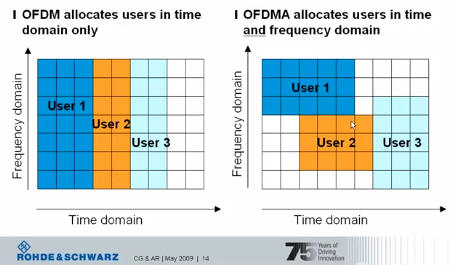
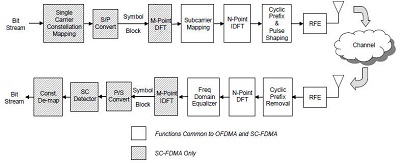
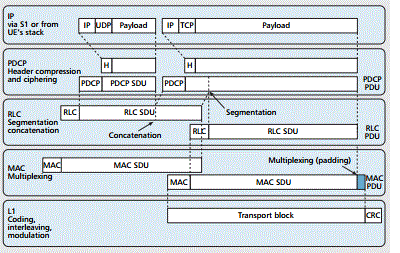
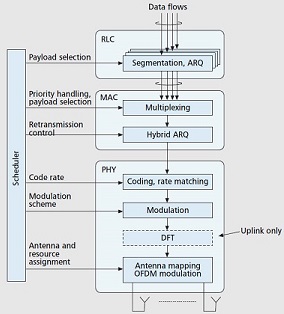
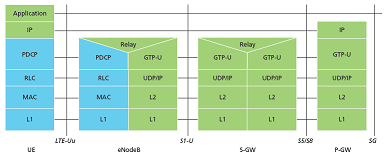
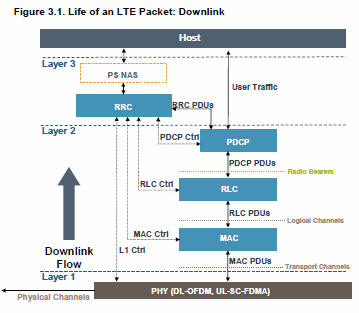
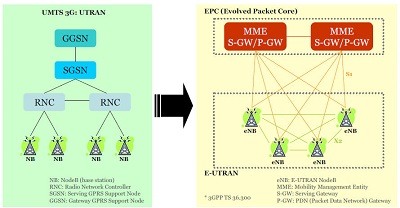
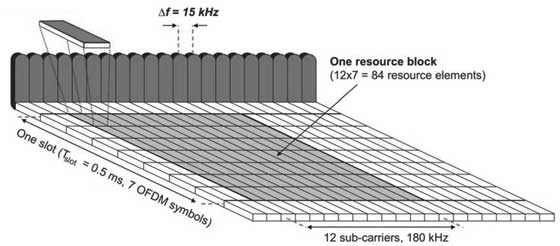 Each user is allocated a number of so-called resource blocks in the
time.frequency grid. The more resource blocks a user gets, and the
higher the modulation used in the resource elements, the higher the
bit-rate. Which resource blocks and how many the user gets at a given
point in time depend on advanced scheduling mechanisms in the frequency
and time dimensions.
Each user is allocated a number of so-called resource blocks in the
time.frequency grid. The more resource blocks a user gets, and the
higher the modulation used in the resource elements, the higher the
bit-rate. Which resource blocks and how many the user gets at a given
point in time depend on advanced scheduling mechanisms in the frequency
and time dimensions.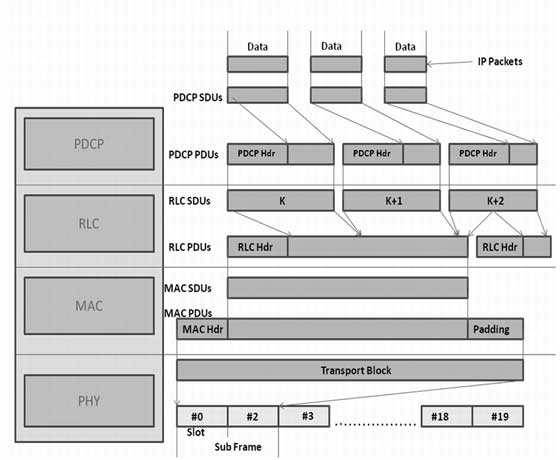 Packets received by a layer are called Service Data Unit (SDU) while
the packet output of a layer is referred to by Protocol Data Unit (PDU).
Let's see the flow of data from top to bottom:
Packets received by a layer are called Service Data Unit (SDU) while
the packet output of a layer is referred to by Protocol Data Unit (PDU).
Let's see the flow of data from top to bottom: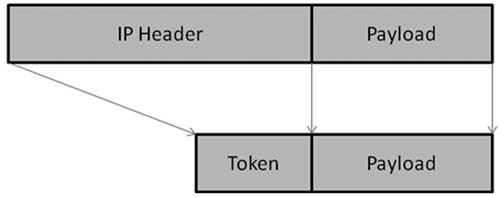
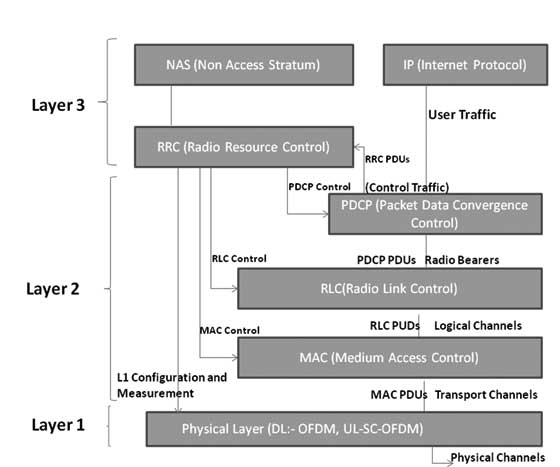
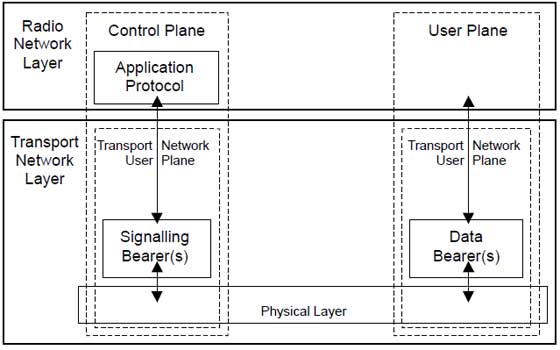 At user plane side, the application creates data packets that are
processed by protocols such as TCP, UDP and IP, while in the control
plane, the radio resource control (RRC) protocol writes the signalling
messages that are exchanged between the base station and the mobile. In
both cases, the information is processed by the packet data convergence
protocol (PDCP), the radio link control (RLC) protocol and the medium
access control (MAC) protocol, before being passed to the physical layer
for transmission.
At user plane side, the application creates data packets that are
processed by protocols such as TCP, UDP and IP, while in the control
plane, the radio resource control (RRC) protocol writes the signalling
messages that are exchanged between the base station and the mobile. In
both cases, the information is processed by the packet data convergence
protocol (PDCP), the radio link control (RLC) protocol and the medium
access control (MAC) protocol, before being passed to the physical layer
for transmission.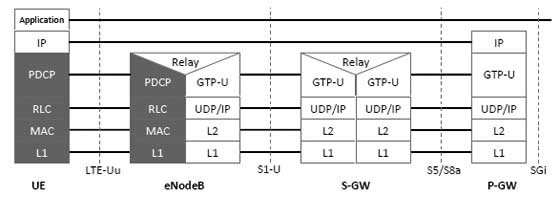 Packets received by a layer are called Service Data Unit (SDU) while
the packet output of a layer is referred to by Protocol Data Unit (PDU)
and IP packets at user plane flow from top to bottom layers.
Packets received by a layer are called Service Data Unit (SDU) while
the packet output of a layer is referred to by Protocol Data Unit (PDU)
and IP packets at user plane flow from top to bottom layers.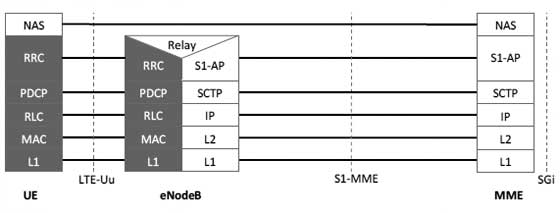

 If we combile PLMN-ID with the MMEI then we arrive at a Globally
Unique MME Identifier (GUMMEI), which identifies an MME anywhere in the
world:
If we combile PLMN-ID with the MMEI then we arrive at a Globally
Unique MME Identifier (GUMMEI), which identifies an MME anywhere in the
world:

 Finally adding the MME group identity and the PLMN identity with
S-TMSI results in the Globally Unique Temporary Identity (GUTI).
Finally adding the MME group identity and the PLMN identity with
S-TMSI results in the Globally Unique Temporary Identity (GUTI).
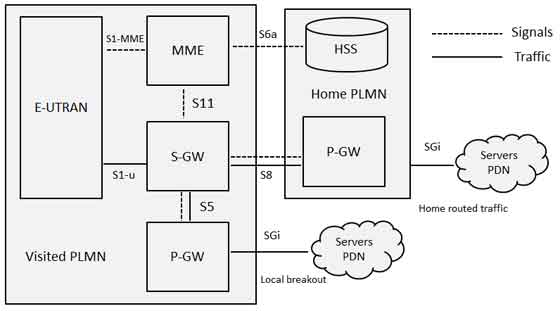 The home network's P-GW allows the user to access the home operator's
services even while in a visited network. A P-GW in the visited network
allows a "local breakout" to the Internet in the visited network.
The home network's P-GW allows the user to access the home operator's
services even while in a visited network. A P-GW in the visited network
allows a "local breakout" to the Internet in the visited network.
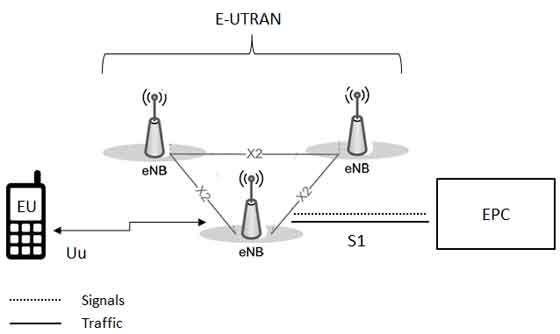 The E-UTRAN handles the radio communications between the mobile and
the evolved packet core and just has one component, the evolved base
stations, called eNodeB or eNB. Each eNB is a base station
that controls the mobiles in one or more cells. The base station that
is communicating with a mobile is known as its serving eNB.
The E-UTRAN handles the radio communications between the mobile and
the evolved packet core and just has one component, the evolved base
stations, called eNodeB or eNB. Each eNB is a base station
that controls the mobiles in one or more cells. The base station that
is communicating with a mobile is known as its serving eNB.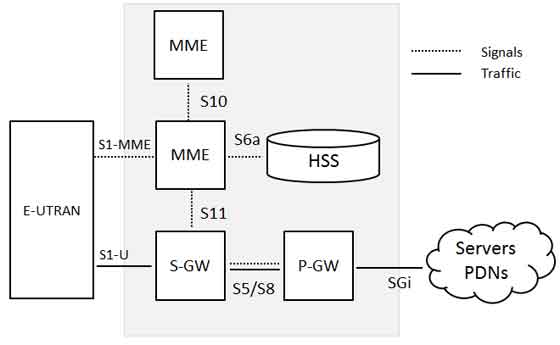 Below is a brief description of each of the components shown in the above architecture:
Below is a brief description of each of the components shown in the above architecture: